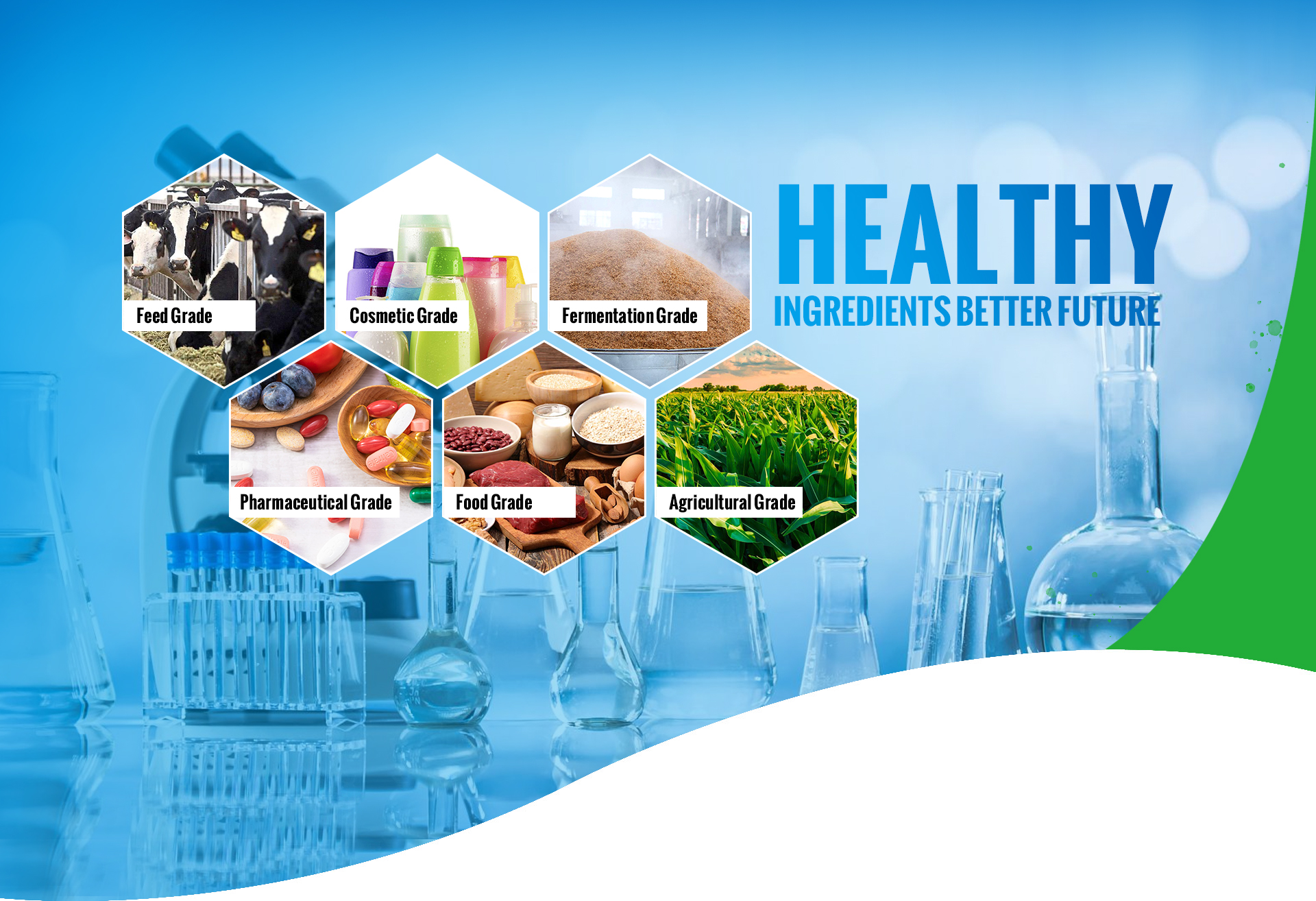1. Regulation of fat synthesis
The synthesis of fatty acids mainly uses acetyl-coenzyme A (CoA) and reduced coenzyme II (NADPH) as substrates. The citric acid-pyruvate cycle provides acetyl CoA for the synthesis of fatty acids, and acetyl CoA carboxylase (ACC) catalyzes the formation of malonyl CoA. Huang et al. (2008) found that betaine can reduce the activities of acetyl-CoA carboxylase (ACC), fatty acid synthase (FAS) and malic enzyme (ME) in the subcutaneous fat tissue of fattening pigs.
Decreased ACC activity leads to weakened synthesis of malonyl CoA. The content of malonyl CoA can regulate the efficiency of fatty acid transport into mitochondria. FAS and ME are the key enzymes for the synthesis of NADPH. Decreased activities of both will inhibit the synthesis of NADPH. Reduce fat synthesis. Xing et al. (2009, 2010) found that betaine can reduce the expression of lipoprotein lipase (LPL) mRNA in both broiler and layer studies. LPL is a key enzyme that regulates the deposition of fat tissue in broilers. The decrease of LPL activity leads to the weakening of fat deposition.
2. Regulation of lipolysis
Betaine metabolism can produce lysine, which provides a backbone for the synthesis of carnitine, and at the same time provides active methyl groups as synthetic raw materials, which has the ability to increase the synthesis of carnitine. The active form of carnitine is long-chain fatty acid-insoluble carnitine, that is, acid-insoluble carnitine. Increased methyl content in animals can promote the conversion of carnitine to acid-insoluble carnitine. Long-chain fatty acids can be transported into the mitochondria for β-oxidation by combining with carnitine into fatty acylcarnitine. The synthesis of free carnitine in the liver increases, which enhances the carrying of fatty acids, thereby promoting fatty acid oxidation, and thus feedback Enhance the activity of lipolytic enzymes in different stages of pigs and accelerate lipolysis.
Triacylglycerol is catalyzed by hormone-sensitive lipase (HSL) to decompose into glycerol and fatty acids. The addition of betaine increased the activity of HSL in the adipose tissue of growing pigs, and caused an increase in the content of free fatty acids in the serum, thereby reducing the thickness of the backfat and improving the quality of the carcass. Wang Yizhen et al. (2001) and Feng Jie et al. (2001) found that the addition of betaine increased the content of carnitine in the liver and longissimus muscle and the ratio of carnitine to fatty acyl carnitine, reduced carcass fat and improved carcass quality.

3. Regulation of fat transport
Choline can synthesize phosphatidylcholine (PC) with the participation of diacylglycerol. The latter is an essential component of lipoproteins such as VLDL. In the process of transportation, choline and other carrier proteins are insufficient and fat will be stored locally in the form of droplets. In tissues and organs. Betaine as an efficient methyl donor can save the consumption of choline in animals. The serine produced after betaine demethylation provides the backbone for choline synthesis, and it also provides methyl for choline synthesis by increasing the content of active methyl donors. base.
Cao Huabin et al. (2010) showed that the addition of betaine to high-energy low-protein diets for laying hens can increase the expression of apoA1 and ApoB100 mRNA in the liver, enhance the export of lipids in the liver, and thus play a role in preventing fatty liver.
Fourth, indirectly regulate fat metabolism through endocrine
Known endocrine hormones that can regulate fat metabolism mainly include: growth hormone (GH), thyroxine and insulin, etc. The addition of betaine to the diet of growing pigs can increase plasma levels of GH and insulin-like growth factor I (IGF-I). ).

